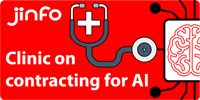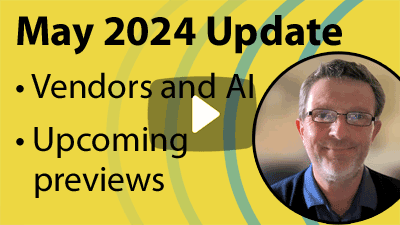Twine and information design
Jinfo Blog
27th March 2008
Item
Twine, a semantic Web application, was announced last October. Now with well over 30â000 interested individuals in the queue to get into as beta users, Twine opened up for some limited previews earlier this month. A lot of interesting discussions followed, including a critical review on ReadWriteWeb http://digbig.com/4wqgt and Twineâs response http://digbig.com/4wqgq. While Twineâs own Web site twine.com leaves a new visitor somewhat puzzled about what it is, Technology Reviewâs article http://digbig.com/4wqhj titled âThe semantic Web goes mainstreamâ did a good job telling the story: âTwine is a website where people can dump information thatâs important to them, from strings of e-mails to YouTube videos. Or, if a user prefers, Twine can automatically collect all the Web pages she visited, e-mails she sent and received, and so on. Once Twine has some information, it starts to analyze it and automatically sort it into categories that include the people involved, concepts discussed, and places, organizations, and companies. This way, when a user is searching for something, she can have quick access to related information about it. Twine also uses elements of social networking so that a user has access to information collected by others in her network.â In other words, Twine aims to connect people and information in context, and to share and organize relevant information intelligently. What makes Twine promising is its underlying semantic Web technologies (see a good overview at http://digbig.com/4wqhh). Indeed the technologies are full of hope and the Twine idea is great, however getting the product right is hard. Twine has repeatedly declared that it is still in beta and it will improve over time. As far as the preview user feedback goes, one major unsatisfying thing seemed to be around information orientation, i.e. the user interface and information design â with so much information of all sorts that a typical Twine user can store, manage, find and use within a Twine, good user experience design will be critical to the success of the product. In addition to relying heavily on user feedback from technology visionaries and software developers, how would it be if Twine seeks support from information professionals who have tremendous insight and skills in dealing with massive amount of information?About this article
- Blog post title: Twine and information design
- Link to this page
- View printable version
What's new at Jinfo?
Community session
11th December 2024
2025 strategic planning; evaluating research reports; The Financial Times, news and AI
5th November 2024

How are information managers getting involved with AI? Navigating privacy, ethics, and intellectual property
- 2025 strategic planning; evaluating research reports; The Financial Times, news and AI
5th November 2024 - All recent Jinfo Subscription content
31st October 2024 - End-user training best practice research
24th October 2024
- Jinfo Community session (TBC) (Community) 23rd January 2025
- Clinic on contracting for AI (Community) 11th December 2024
- Discussing news and AI strategies with the Financial Times (Community) 21st November 2024
Learn more about the Jinfo Subscription

